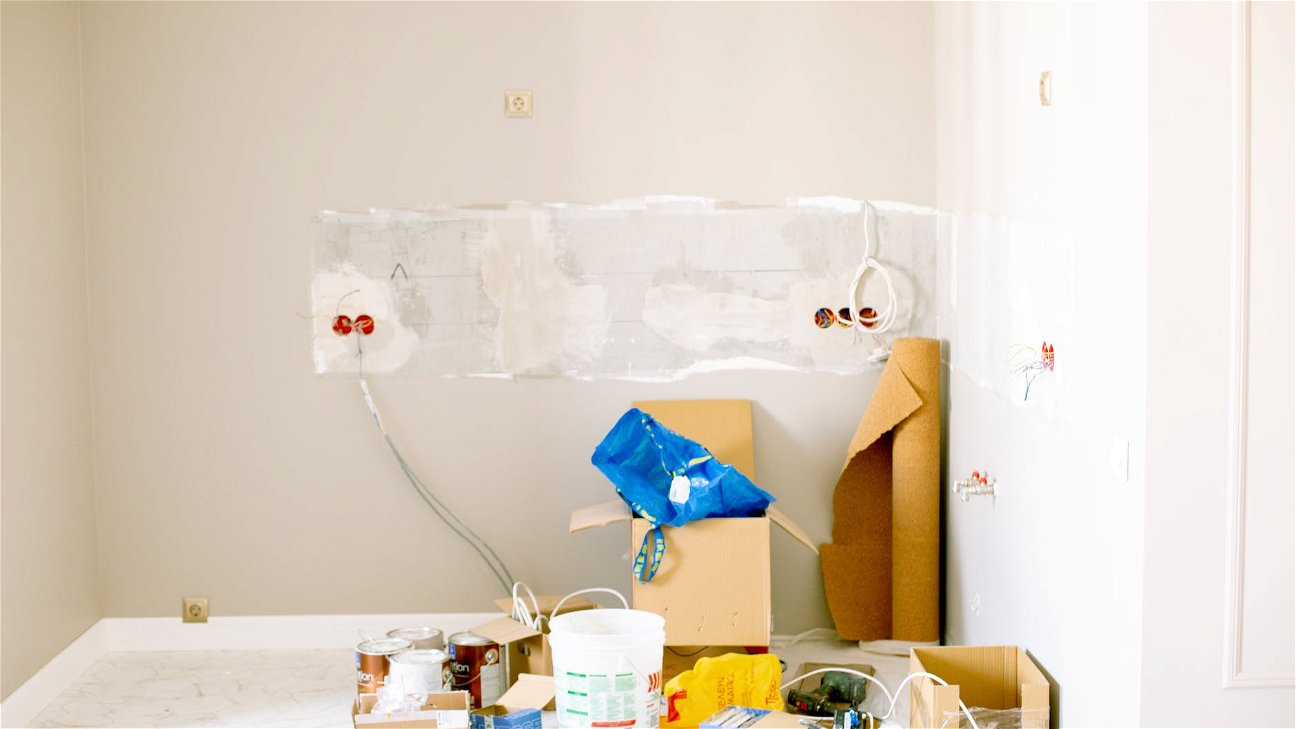
If you're a pet parent, you've likely come to recognize that our furry friends may not always understand the concept of safety like we do. That's why pet-proofing your home is crucial. The process involves making various adjustments to ensure your home is a safe haven for your pets. Here are 6 key steps to help you get started.
1. Secure your trash cans
One man's trash is a pet's treasure trove. Pets, especially dogs, are notorious for rummaging through trash cans, which can be dangerous as trash often contains sharp objects and toxic substances. To prevent your pets from getting into the garbage, invest in pet-proof trash cans or place your trash cans in locked cabinets.
2. Keep medicines and household chemicals out of reach
Both over-the-counter and prescription medicines can be dangerous to pets if consumed. Similarly, many household cleaning products contain chemicals that could be harmful to your pet. Always store medicines and chemicals out of reach or in locked cabinets.
3. Safeguard your plants
Many common houseplants can be toxic to pets if ingested. Before bringing a plant into your home, research to ensure it's not toxic to your pet type. If you already have plants and aren't sure if they're safe, consult with a vet or a pet poison hotline.
4. Block off dangerous areas
Certain areas in your home, such as the kitchen or the laundry room, can pose a risk to your pets due to the appliances and items stored in them. Consider installing baby gates or pet gates to keep your pets out of these areas when you're not there to supervise.
5. Secure loose wires and cords
Loose wires and cords can present a choking hazard or a risk of electric shock if chewed on. Consider using cord covers or secure loose cords out of reach to keep your pets safe.
6. Regularly check your home for hazards
It's essential to regularly do a 'sweep' of your home to check for potential pet hazards. Look out for small objects that could be choking hazards, check for loose or damaged cords, and keep an eye out for any objects that your pet could knock over.
Remember, pet-proofing is a continuous process, not a one-time task. Your home should evolve as your pets grow and their habits change. With these steps, you will be well on your way to creating a safe and happy home for your pets.











